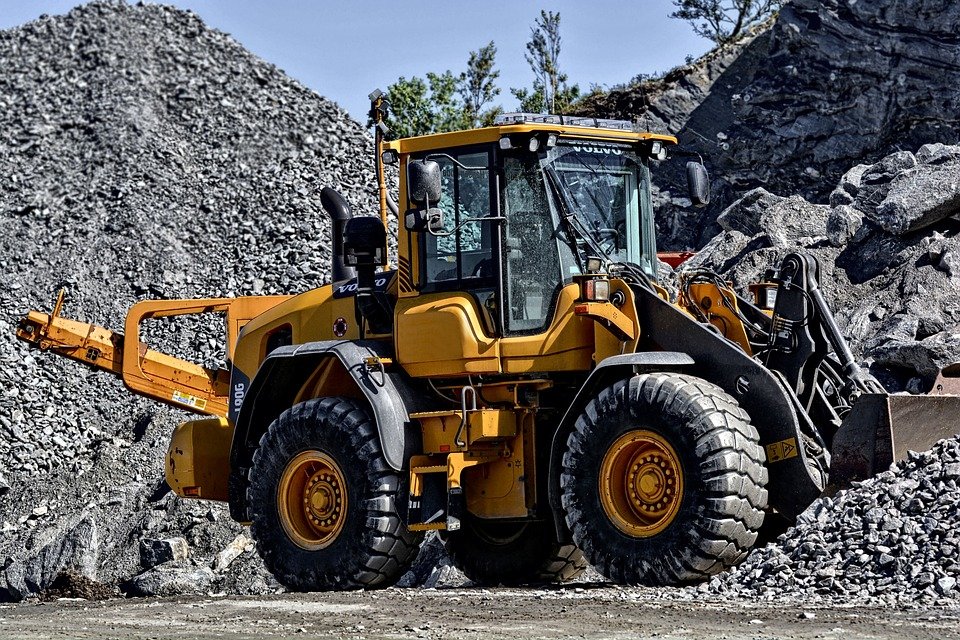[ad_1]
How Soil Stabilization Can Improve the Quality of Your Construction Site
Soil stabilization is a process used to make soil more resistant to erosion and other environmental changes. It is used in construction projects to improve the quality of the soil, and can be an important part of constructing a successful site. This article will discuss the benefits of soil stabilization, and how it can improve the quality of your construction site.
What is Soil Stabilization?
Soil stabilization is a process that involves treating the soil with a variety of materials, such as cement, lime, and polymers, to improve its strength and stability. By altering the soil structure, water retention capacity, and other properties, soil stabilization can help reduce erosion and ensure that the soil is able to support heavy loads.
Benefits of Soil Stabilization
Using soil stabilization can provide a number of benefits to your construction project. Some of these benefits include:
- Reduced erosion – Soil stabilization can help reduce the amount of soil that is washed away during rain or wind. This reduces the need for costly repairs due to soil erosion.
- Improved load-bearing capacity – Soil stabilization can make the soil stronger and more able to hold heavy loads, such as buildings and foundations. This can reduce the need for expensive foundations to support the load.
- Reduced settling – Soil stabilization can reduce the amount of settling that occurs over time, which can help prevent costly foundation repairs in the future.
- Improved drainage – Soil stabilization can help improve drainage and reduce waterlogging, which can help reduce the risk of flooding in the area.
- Reduced cost – Soil stabilization can help reduce the overall cost of the project, as it reduces the need for costly repairs and additional materials.
Types of Soil Stabilization
There are several different types of soil stabilization that can be used, depending on the needs of the project. Some of the most common types of soil stabilization include:
- Cement stabilization – In this type of stabilization, cement is mixed with the soil to improve its strength and stability. This is often used on roads and highways to reduce erosion and improve load-bearing capacity.
- Lime stabilization – Lime is often used to improve the drainage of the soil. It can also be used to reduce the acidity of the soil, which can help reduce the risk of corrosion.
- Polymer stabilization – Polymers can be used to improve the strength of the soil and reduce erosion. This type of stabilization is often used in areas with high levels of moisture, as the polymer helps to bind the soil particles together and reduce waterlogging.
- Organic stabilization – Organic materials, such as compost, can be used to improve the fertility of the soil and reduce erosion. This type of stabilization is often used in agricultural areas.
Conclusion
Soil stabilization is an important part of any construction project. By improving the strength and stability of the soil, it can help reduce the risk of erosion and other environmental changes. It can also reduce the cost of the project and improve the safety of the site. When used correctly, soil stabilization can significantly improve the quality of your construction site.
[ad_2]


